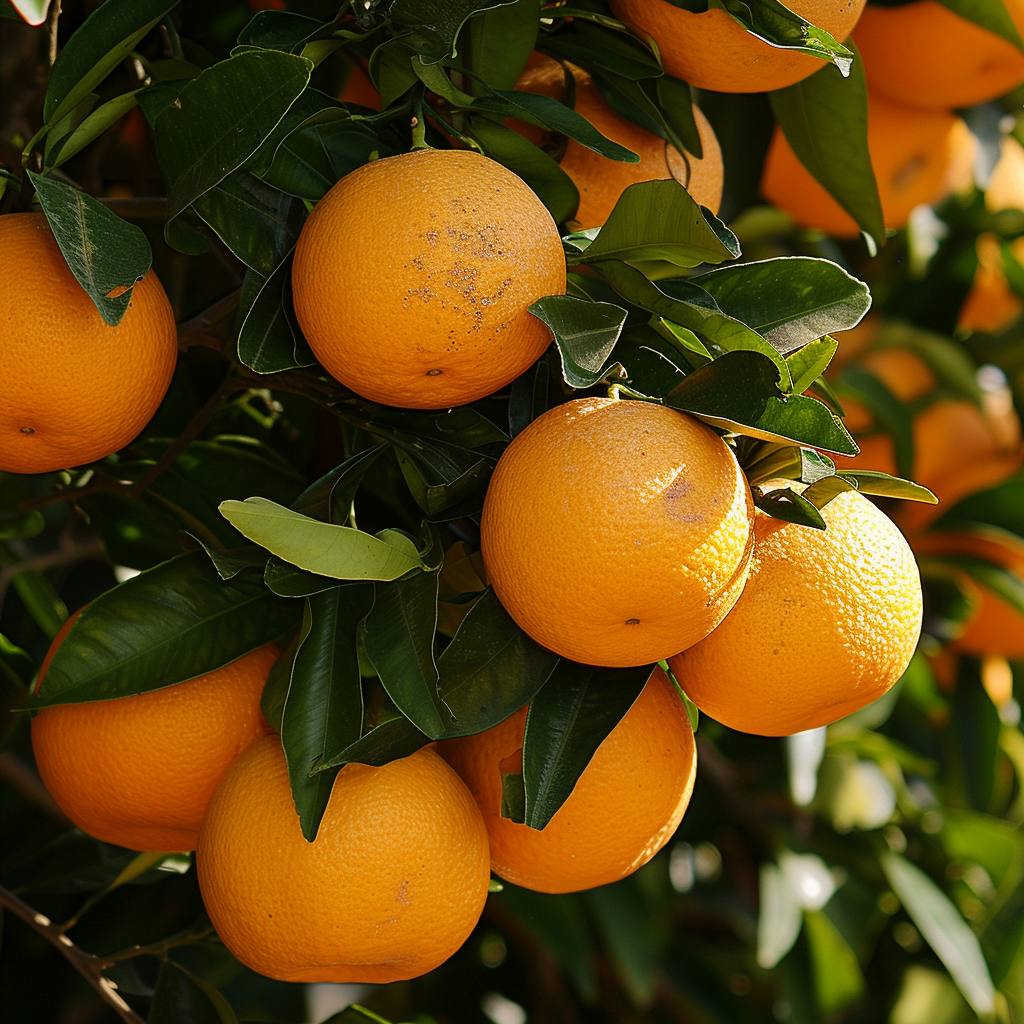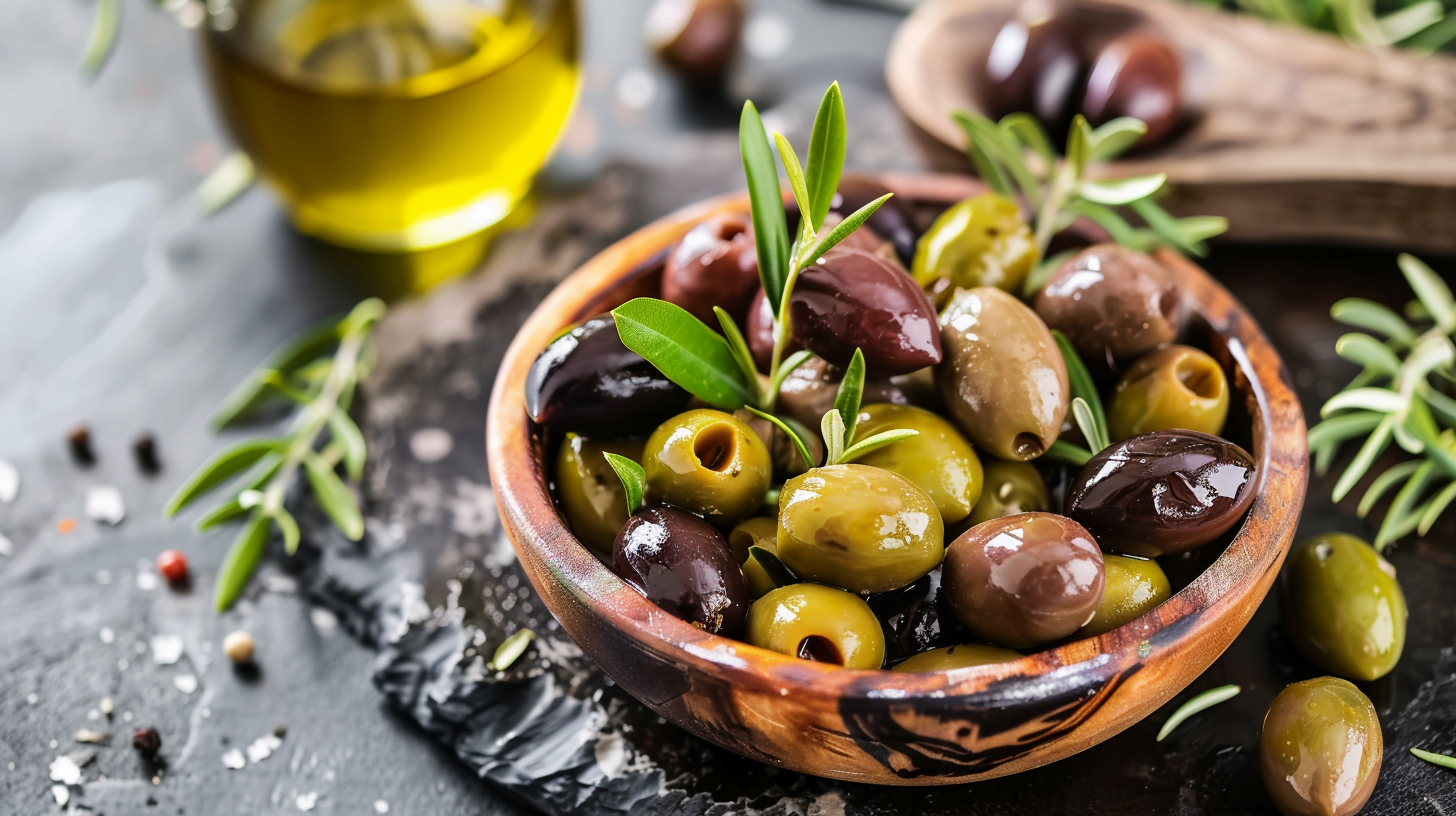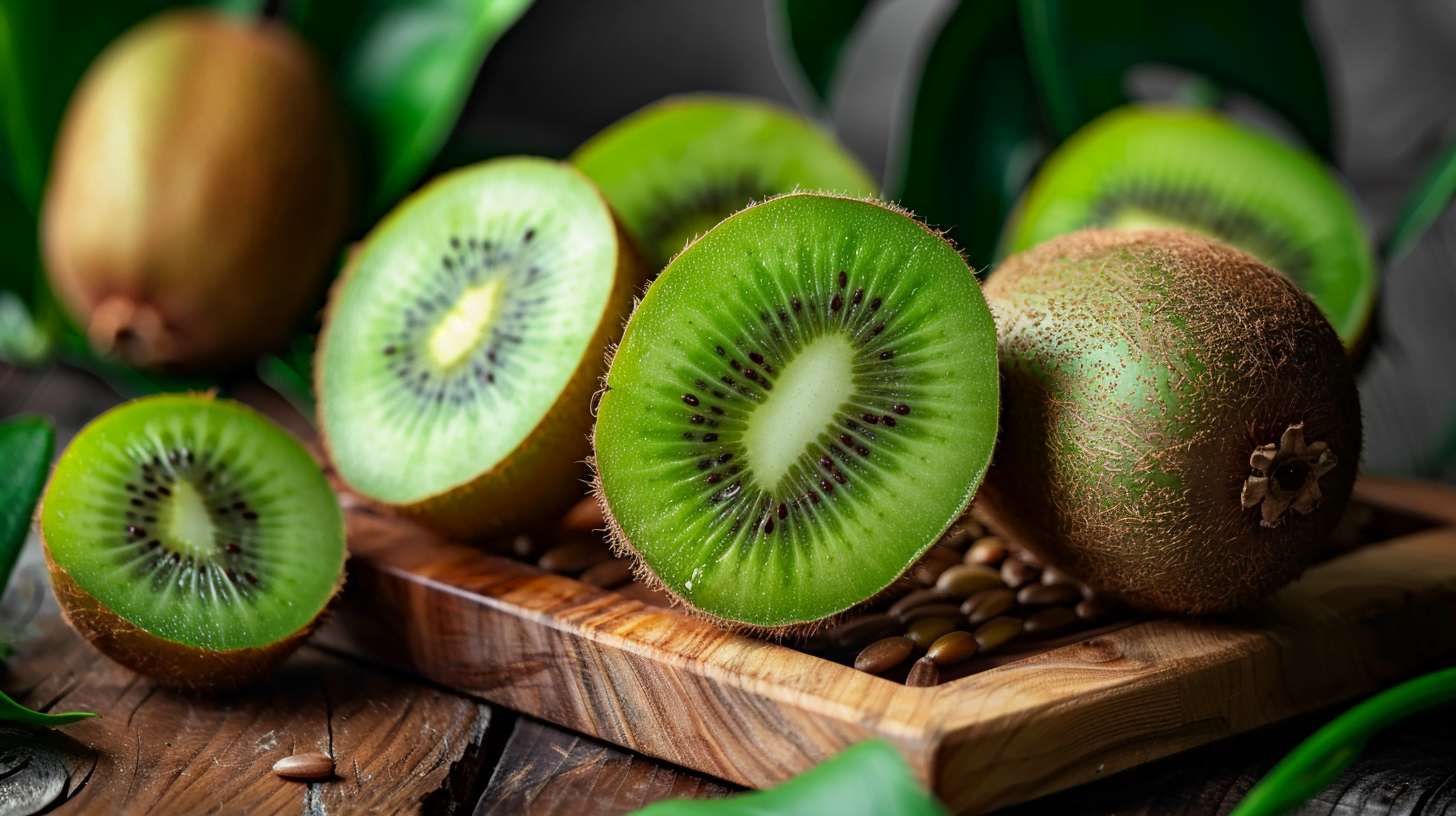Oranges are one of the most popular fruits in the world. In fact, oranges are the most cultivated fruit tree globally, with over 70 million tons produced each year. But which country produces the most oranges? These juicy, vitamin-packed fruits that can be made into refreshing drinks or enjoyed as a healthy snack.
Top Orange Producing Countries
The top orange producing countries in the world are:
- Brazil – 17.5 million tons annually
- United States – 7 million tons
- China – 6.2 million tons
- India – 5.8 million tons
- Mexico – 4.2 million tons
- Egypt – 3.7 million tons
- Spain – 3.4 million tons
- Turkey – 3.2 million tons
- Italy – 2.1 million tons
- Argentina – 1.3 million tons
Brazil far surpasses other countries in orange production, accounting for about 25% of total global production. The United States and China follow behind as second and third, each contributing about 10% of total world orange production.
The majority of oranges produced worldwide are used for juice production rather than being sold as fresh fruit. Top producers of oranges for juice include Brazil, Florida, and California. Countries like Spain and Egypt lead in growing oranges mainly for consumption as fresh produce.
Ideal Conditions for Orange Groves
Several key factors allow countries to achieve high orange production rates:
- Climate – Oranges thrive in warm, humid climates with temperatures between 15-30°C and moderate but regular rainfall. Sunny weather allows for optimal citrus growth and fruit ripening. Major producers like Brazil, Florida, and California have hot summer climates perfect for oranges.
- Available land – Oranges are grown on over 6 million hectares globally. Top producers need adequate and affordable land suitable for establishing extensive citrus groves.
- Irrigation systems – Citrus trees require regular watering, so investments in irrigation infrastructure enable high productivity, especially in drier regions.
- Soil conditions – Oranges grow best in permeable, sandy loam soils that drain well. Soil pH between 6-7 is ideal.
- Labor – Orange growing and harvesting is labor-intensive. Countries need sufficient workers available for planting, pruning, pest management, and hand-picking ripe oranges.
- Transportation – Good transportation networks (roads, rail, ports) allow easy distribution of oranges domestically and abroad.
- Pest and disease control – Major diseases like citrus greening must be intensively managed to avoid crop losses. Quarantines, pesticides, or biological control help keep groves productive.
With the right climate, soil, and resources, oranges can be grown productively. But it requires considerable investments and effort to establish and maintain commercial-scale orange groves.
History of Orange Production in the United States
The United States is the world’s 2nd largest orange producer, with major production occurring in Florida and California. Oranges have been grown commercially in Florida since the 1500s when Spanish colonists first introduced citrus to the region. By the 1800s, Florida was exporting oranges around the world.
California’s orange groves emerged in the late 1700s as missionaries planted citrus orchards. By the late 1800s, the first orange packing houses and cooperative associations were established in California to support large-scale production.
Both Florida and California became powerhouses for orange production in the 20th century. However, challenges have impacted the U.S. orange industry in recent decades:
- Import competition – Cheap imported orange juice concentrate from Brazil undercut the U.S. juice market.
- Hurricanes – Storms like Hurricane Irma (2017) devastated many Florida groves.
- Drought – California’s recurrent droughts strain water supplies needed for irrigation.
- Diseases – Citrus greening has reduced yields by 75% in some Florida groves.
- Urbanization – Development has replaced orange groves in Los Angeles and Central Florida.
Despite these obstacles, the U.S. remains a top orange producer. New disease-resistant varieties, high-density planting, and better irrigation aim to sustain production. Government subsidies and marketing campaigns also assist American orange growers.

China Emerges as a Leading Orange Producer
China has rapidly emerged as a top global orange producer. China’s orange production more than doubled since 2000 to over 6 million tons annually.
Major orange producing provinces in China include:
- Fujian – largest producer, accounts for about 1/3 of national output
- Jiangxi
- Guangdong
- Sichuan
- Yunnan
- Zhejiang
Several factors enabled China’s orange boom:
- Government investment – The Chinese government made citrus production a priority, funding expansion of orange groves.
- High density planting – Chinese orange groves typically contain over 1600 trees per hectare compared to just 400 trees in the U.S. More trees per acre increase yields.
- Smaller groves – Chinese orange groves average under 1 hectare in size, making it possible for more farmers to participate in production.
- Land reforms – Changes allowing longer-term land leasing gave farmers incentive to invest in orange groves.
- Market reforms – Freer markets for citrus allowed farmers to sell oranges more profitably.
- Exports – China’s oranges began accessing export markets in the 1990s, adding revenue.
China’s orange production will likely continue rising as domestic and international demand grows. The government supports further orange industry expansion as a path for rural development.
Environmental Impacts of Large-Scale Orange Production
While oranges provide nutrition and income, industrial-scale orange production can negatively impact the environment:
- Water usage – Citrus groves in arid climates like California and Spain require extensive irrigation from rivers, reservoirs or groundwater. Overuse strains limited water resources.
- Agrochemical pollution – Synthetic fertilizers and pesticides commonly applied to orange groves can contaminate nearby soil and waterways, harming ecosystems.
- Soil erosion – Tilling and lack of cover crops in orange orchards can degrade soil health and cause erosion.
- Carbon emissions – Transportation, orange processing facilities, and orchard management practices burn fossil fuels that contribute to climate change.
However, there are also sustainable solutions that leading orange producers have adopted:
- Efficient irrigation – Drip irrigation, moisture sensors, and reusing discharged water reduces water usage.
- Organic farming methods – Using compost instead of chemical fertilizers and beneficial insects for pest control prevents pollution.
- Cover crops – Planting legumes, grasses or flowers between rows controls weeds, adds nutrients, and prevents soil erosion.
- Renewable energy – Some packing facilities generate solar power. Groves can use wind machines for frost protection instead of heaters powered by fossil fuels.
- Reducing food miles – Locating production and consumption closer together decreases transport distance and emissions.
- Agroforestry – Integrating trees within or around orange groves sequesters carbon.
Transitioning to sustainable orange production will be vital for meeting future demand while protecting the environment.
Labor Practices in the Orange Industry
While mechanization is increasing for some tasks, orange growing and harvesting remains a labor-intensive process requiring skilled workers. labor practices in the orange industry have faced criticism, especially in Brazil.
Most orange harvesters in Brazil are migrant workers who face tough conditions:
- Long hours – harvest crews often work 10-12 hours daily during peak harvest
- Payment by quantity – workers paid per box of oranges picked, encouraging overexertion
- Housing – workers live in cramped, unsanitary dorms provided by growers
- Risk – exposure to pesticides, respiratory diseases, muscle strains, and accidents
- Child labor – estimates of over 10,000 children working in Brazil’s groves
Major orange juice brands like Cutrale, Citrosuco, and PepsiCo have faced boycotts and lawsuits over poor working conditions. In response, some companies have implemented new labor policies, including:
- Minimum wage salaries rather than payment by quantity
- Improved worker housing with sanitation and cooking facilities
- Ensuring adequate rest periods and restricting child labor
- Rights training and independent audits of working conditions
More progress is still needed to ensure fair, ethical labor practices across the entire orange industry.
Health Benefits and Nutrition of Oranges
Beyond being a refreshing treat, oranges provide many health benefits:
- Vitamin C – One orange supplies over 100% of daily Vitamin C needs. This essential nutrient acts as an antioxidant and supports immune function.
- Fiber – A medium orange provides about 2 grams of fiber. Fiber aids digestion and heart health.
- Folate – Oranges contain some folate, a B vitamin that helps prevent birth defects and anemia.
- Potassium – With about 237 mg potassium per orange, this mineral supports healthy blood pressure and muscle function.
- Antioxidants – Oranges contain antioxidant compounds like carotenoids, flavonoids, and anthocyanins that can help neutralize free radicals and reduce inflammation.
- Cancer prevention – Studies show citrus antioxidants may lower risk of certain cancers like stomach, lung and breast cancer.
- Heart health – The vitamin C, potassium, and choline in oranges support cardiovascular function and healthy cholesterol levels.
- Immunity – Vitamin C is a potent antioxidant that strengthens the immune system to fight infection.
- Skin health – Antioxidants in oranges may protect skin from sun damage and reduce signs of aging.
- Digestion – The fiber and water in oranges promotes regularity and healthy digestion.
- Vision – Carotenoids like lutein and zeaxanthin found in oranges help prevent macular degeneration.
Eating whole oranges provides more nutrition than juice since the fibrous pulp is removed during juicing. But both provide the unique phytonutrient benefits of citrus fruit.

Orange Varieties
There are many different varieties of oranges, which fall into two main categories:
Sweet oranges – Most commonly eaten type. Best for eating fresh.
- Navel – seedless, with a navel-like formation opposite the stem
- Valencia – thin-skinned and juicy, accounts for majority of oranges grown
- Cara cara – sweet pink flesh
- Blood orange – pigmented red flesh
Bitter oranges – Too sour for eating raw but used for marmalades and liqueurs. Also used in Mediterranean cuisine.
- Seville – popular for making orange marmalade
- Bergamot – aromatic oil used for scent and flavoring
New varieties are always being developed through selective breeding and genetic modification to improve sweetness, enhance disease resistance, and adapt to different climates.
Uses for Oranges beyond Eating Fresh
Oranges have many uses beyond being eaten as a snack or used for fresh squeezed juice:
- Juice processing – Most oranges are mechanically juiced and pasteurized for sale as refrigerated juice or frozen concentrate.
- Jam – Orange marmalade is a traditional bitter Seville orange preserve popular in Britain.
- Essential oils – Oils extracted from the rind are used in perfumes, soaps, and aromatherapy.
- Alcoholic beverages – Orange peels add flavor to liqueurs like triple sec, curaçao, Grand Marnier and Cointreau.
- Baking – Orange zest adds bright flavor to cakes, cookies and breads.
- Candying – Slices of peel can be candied in sugar syrup for a sweet garnish.
- Cleaning – Citrus solvents derived from oranges are used for household cleaners.
- Medicinal – Bitter oranges used in some Traditional Chinese Medicine remedies.
No part of the orange goes unused by the food and fragrance industries seeking to capitalize on their versatility.
Future Outlook for the Global Orange Industry
Orange production and consumption will likely continue expanding globally due to increasing population, incomes, and recognition of health benefits. With juicing and fresh fruit markets growing, production is projected to rise 15% by 2027.
At the same time, orange growers will face ongoing challenges:
- Water scarcity – Competition for fresh water may threaten groves in arid regions
- Labor shortages – Rising costs and lack of harvest workers may push more automation
- Land pressures – Urbanization competes with agricultural land for citrus
- Climate change – Drought, extreme weather, and pests may hurt yields
- Sustainability concerns – Consumers and retailers demand eco-friendly production
Major production regions will shift as diseases force changes and developing countries increase output. Continued innovation in mechanization, plant breeding, and farming methods will be needed to boost productivity while minimizing environmental impacts.
Orange lovers around the world can rest assured that with strategic ingenuity, their favorite fruit will continue thriving for generations to come.



